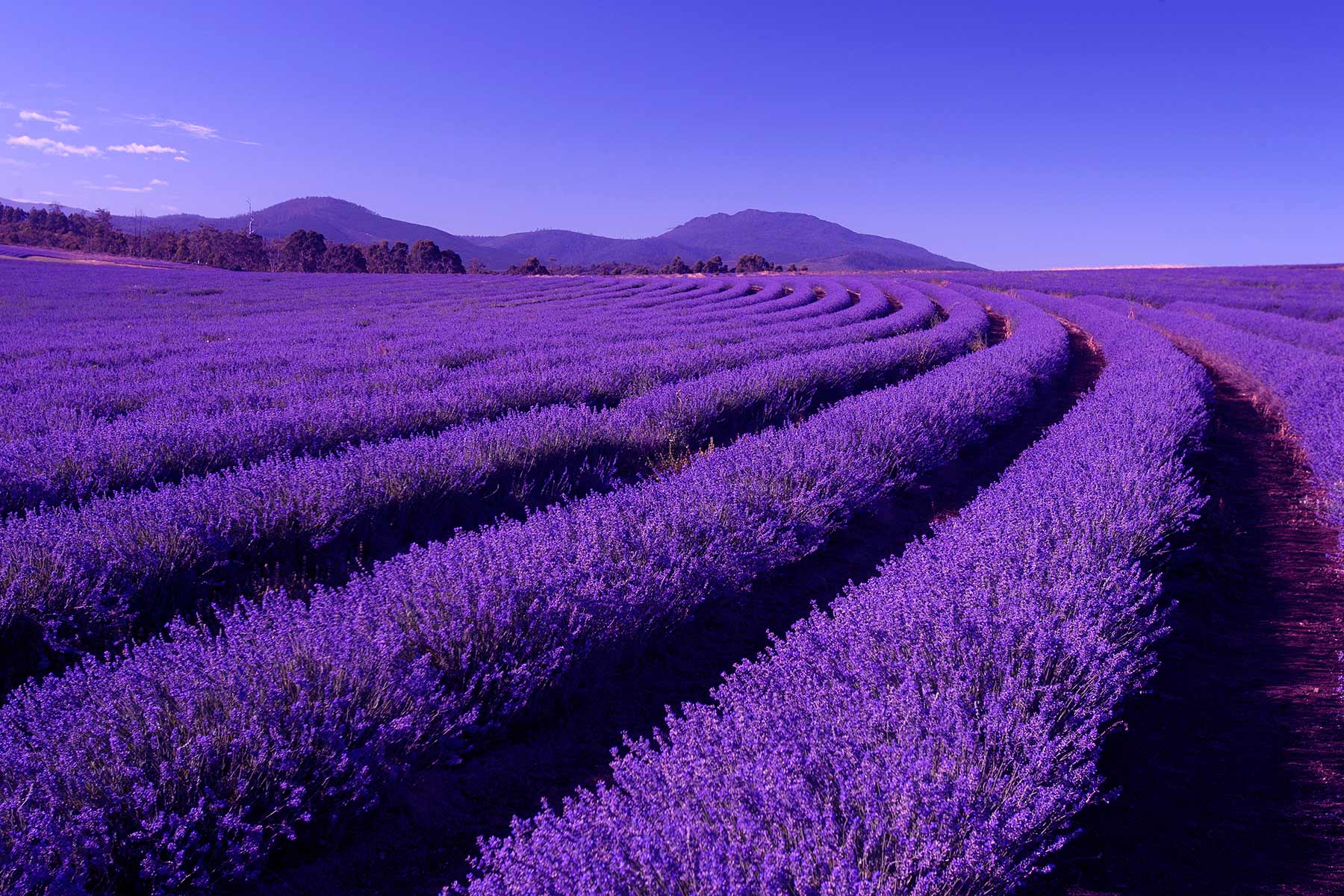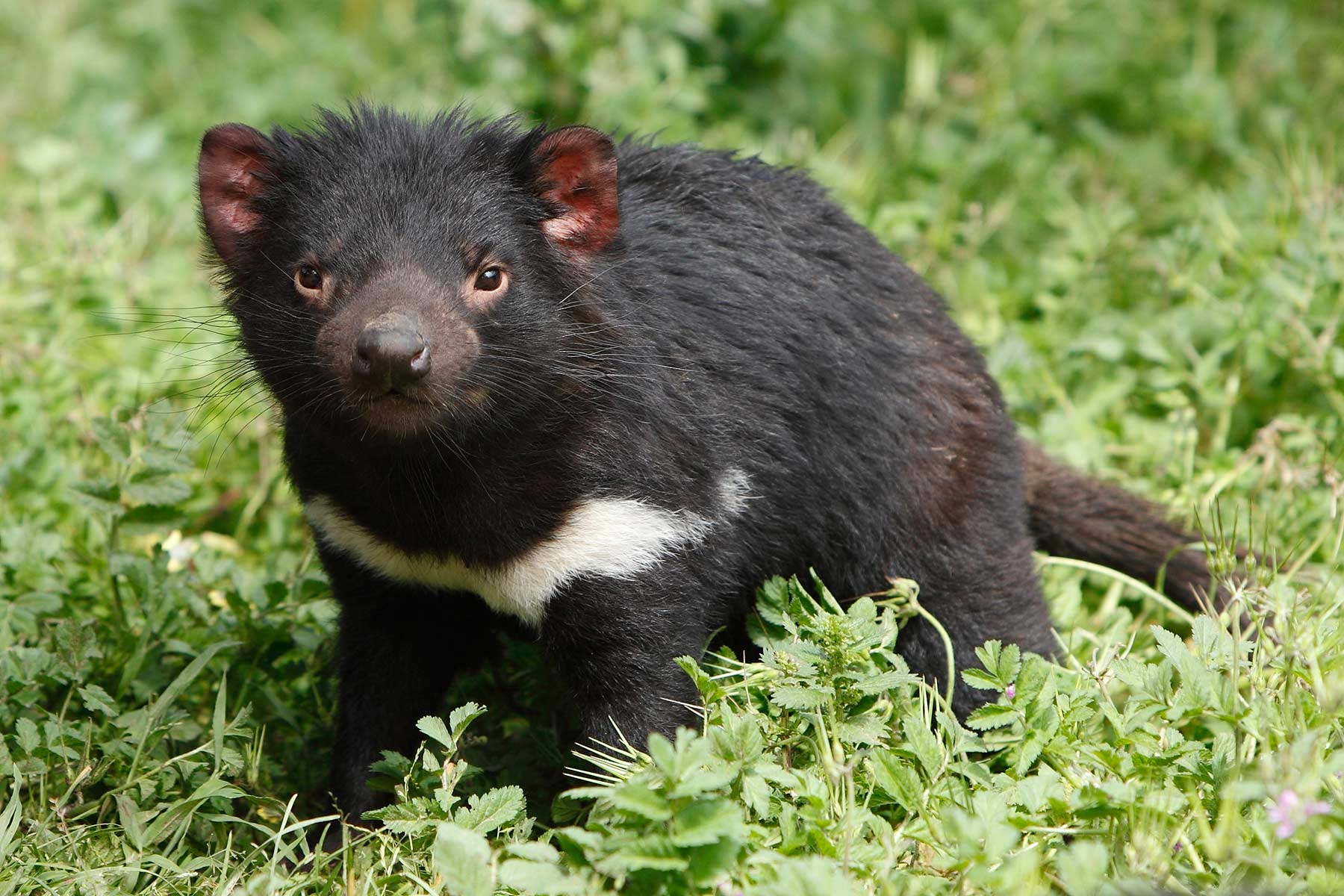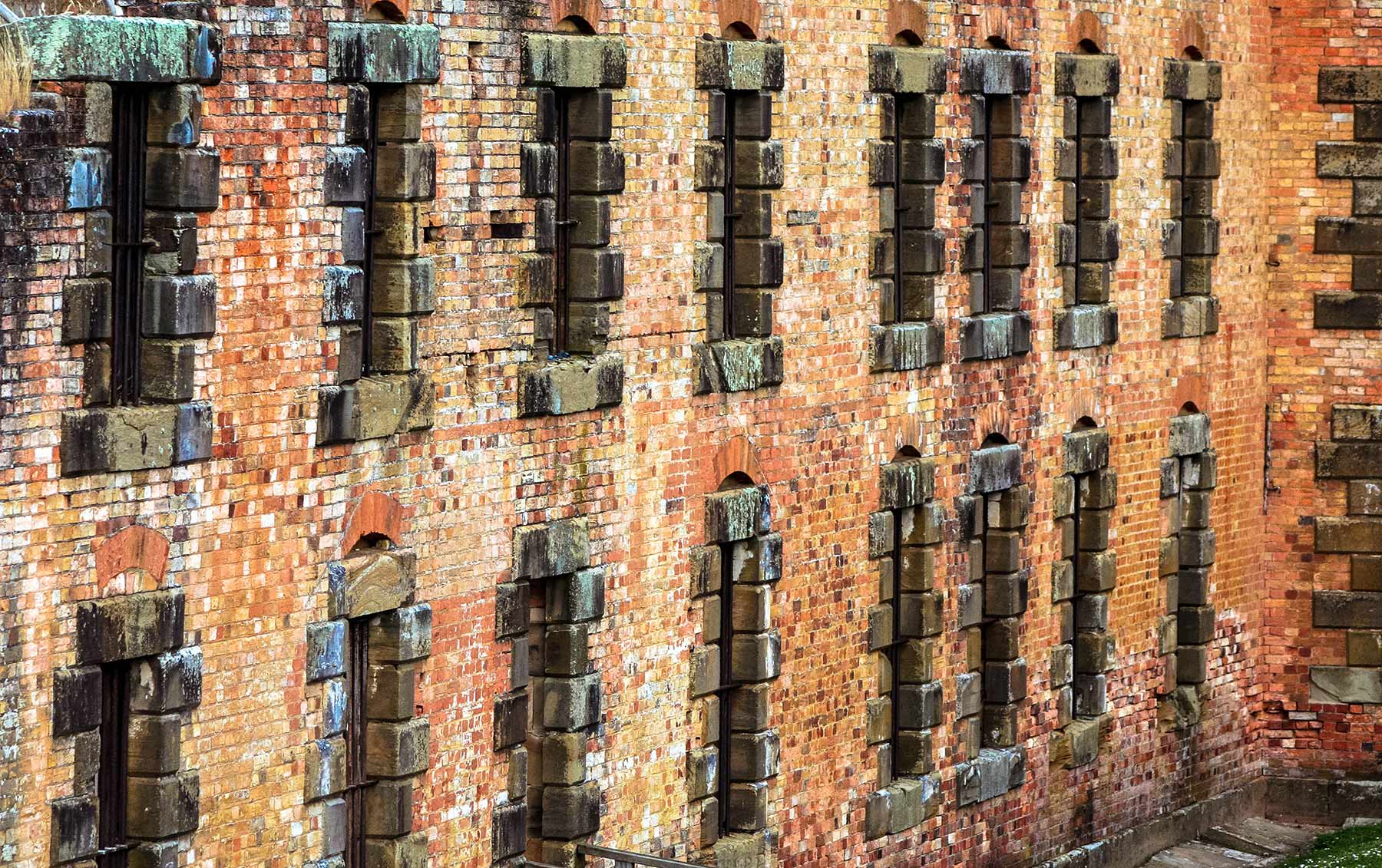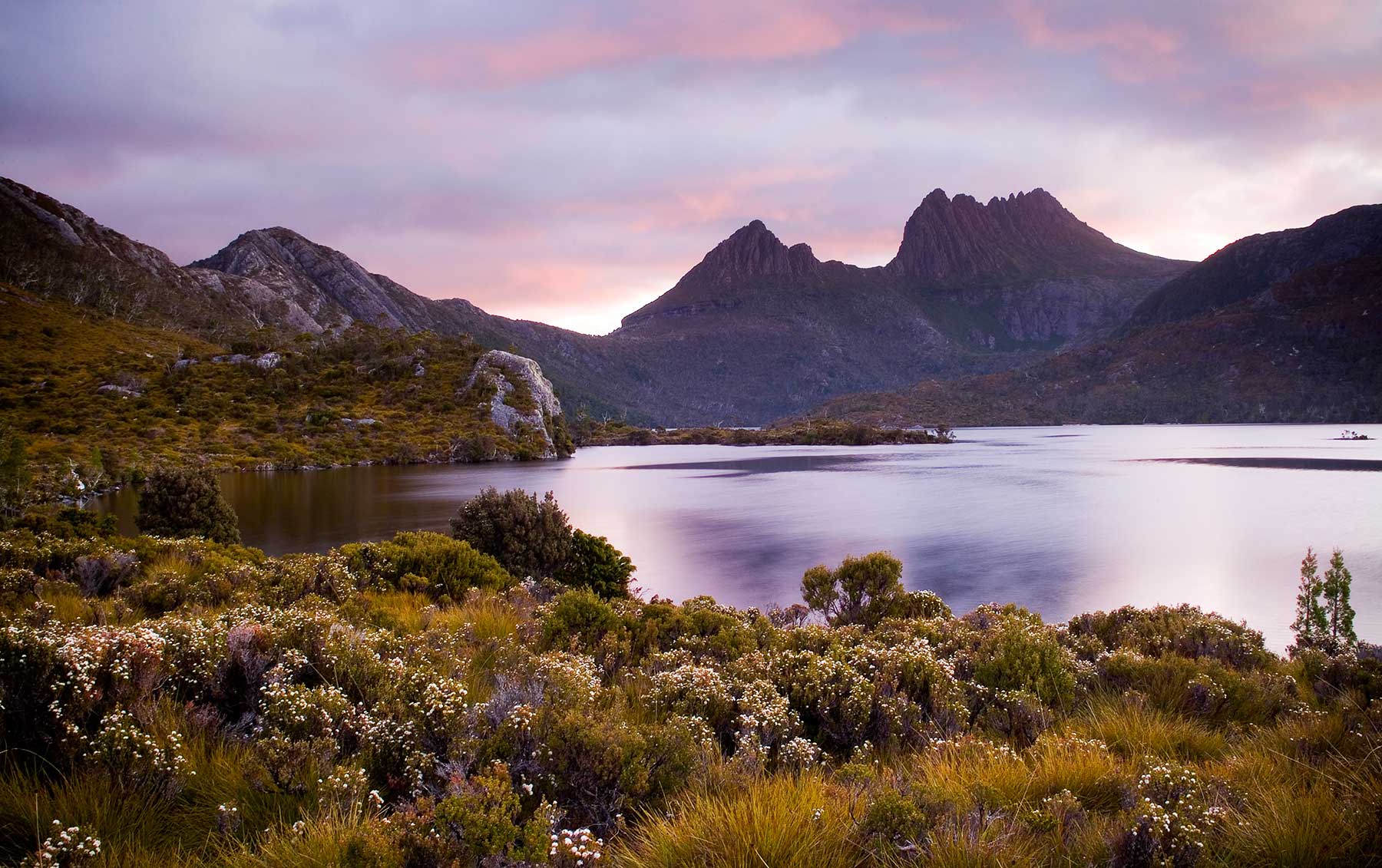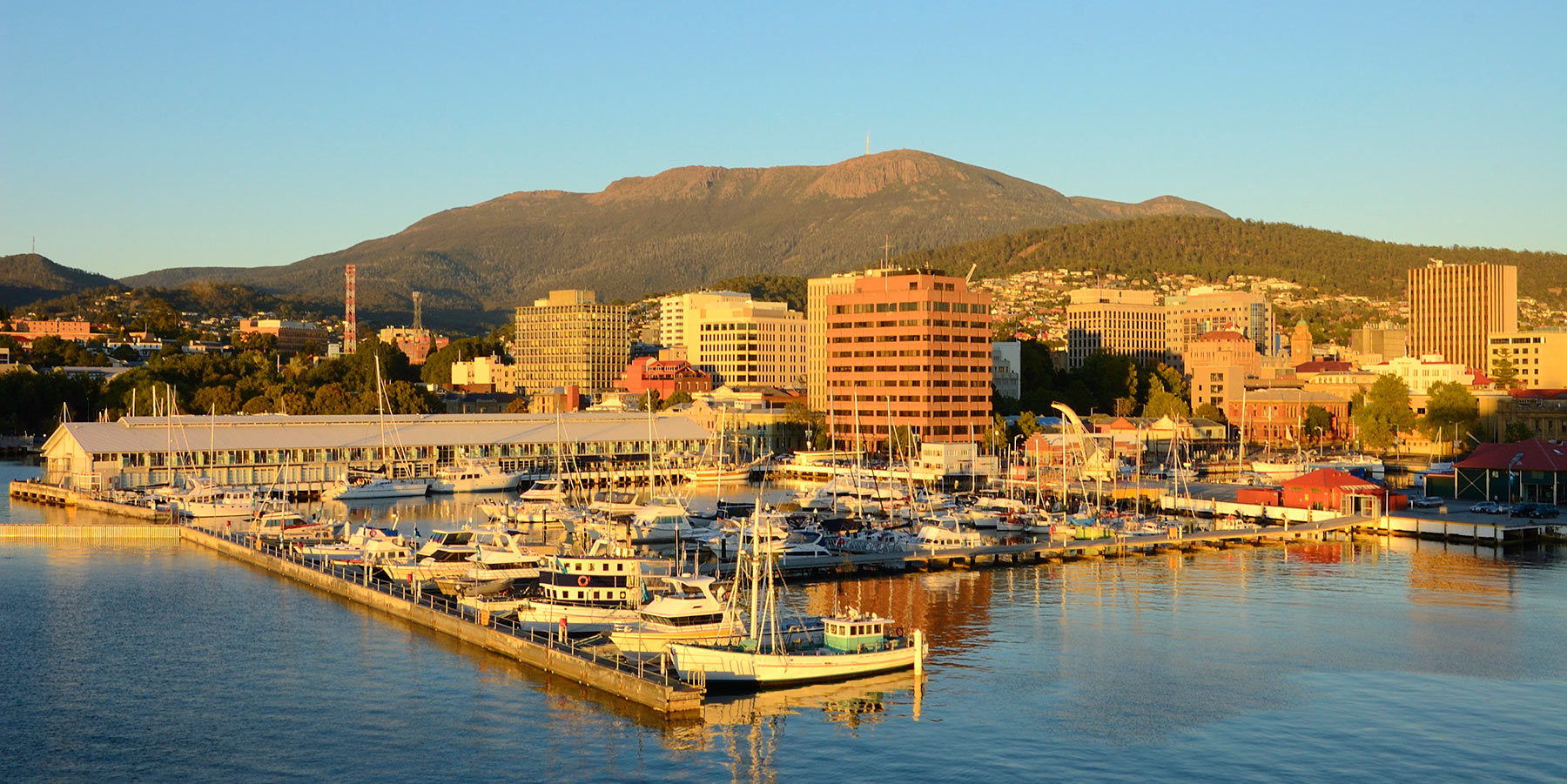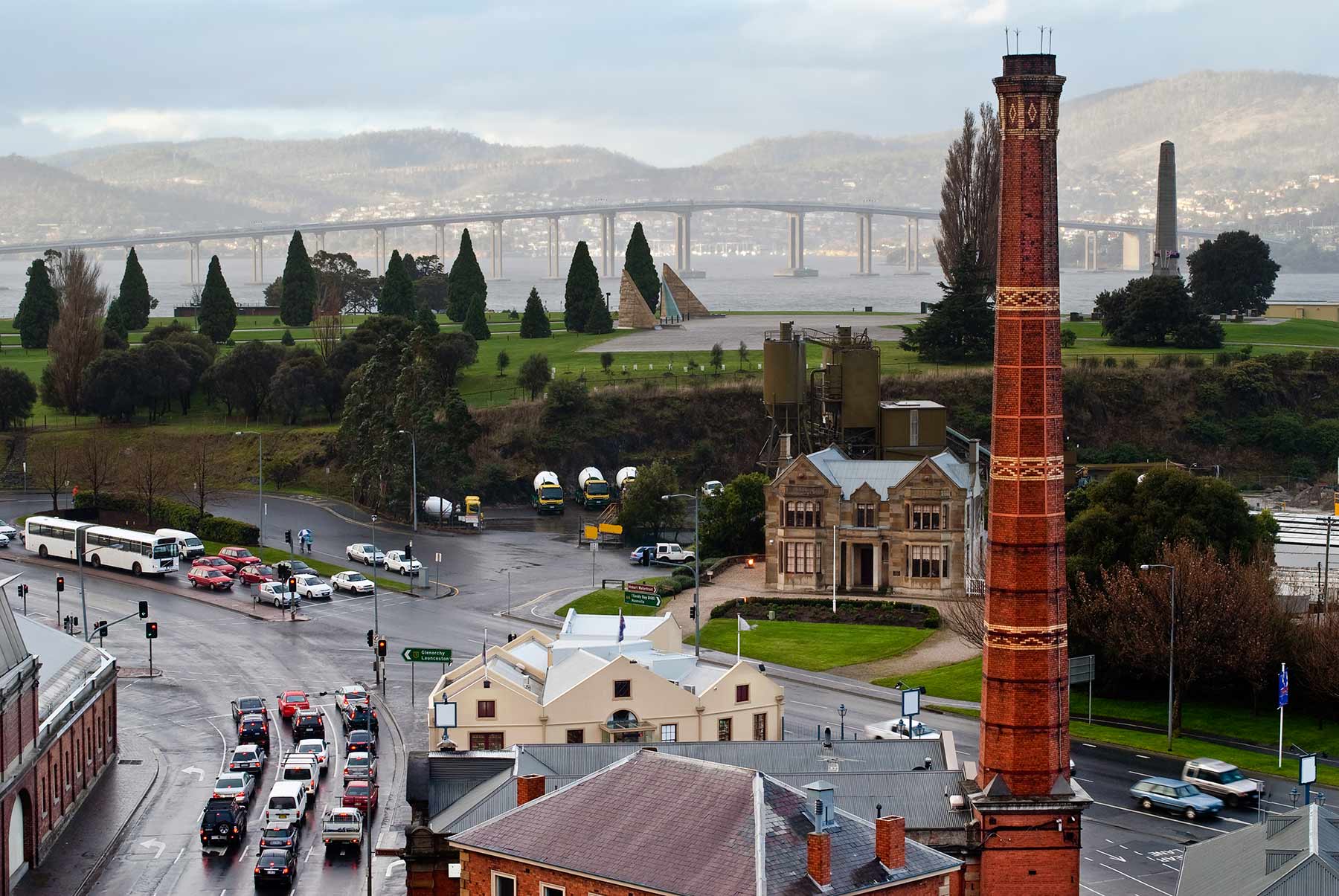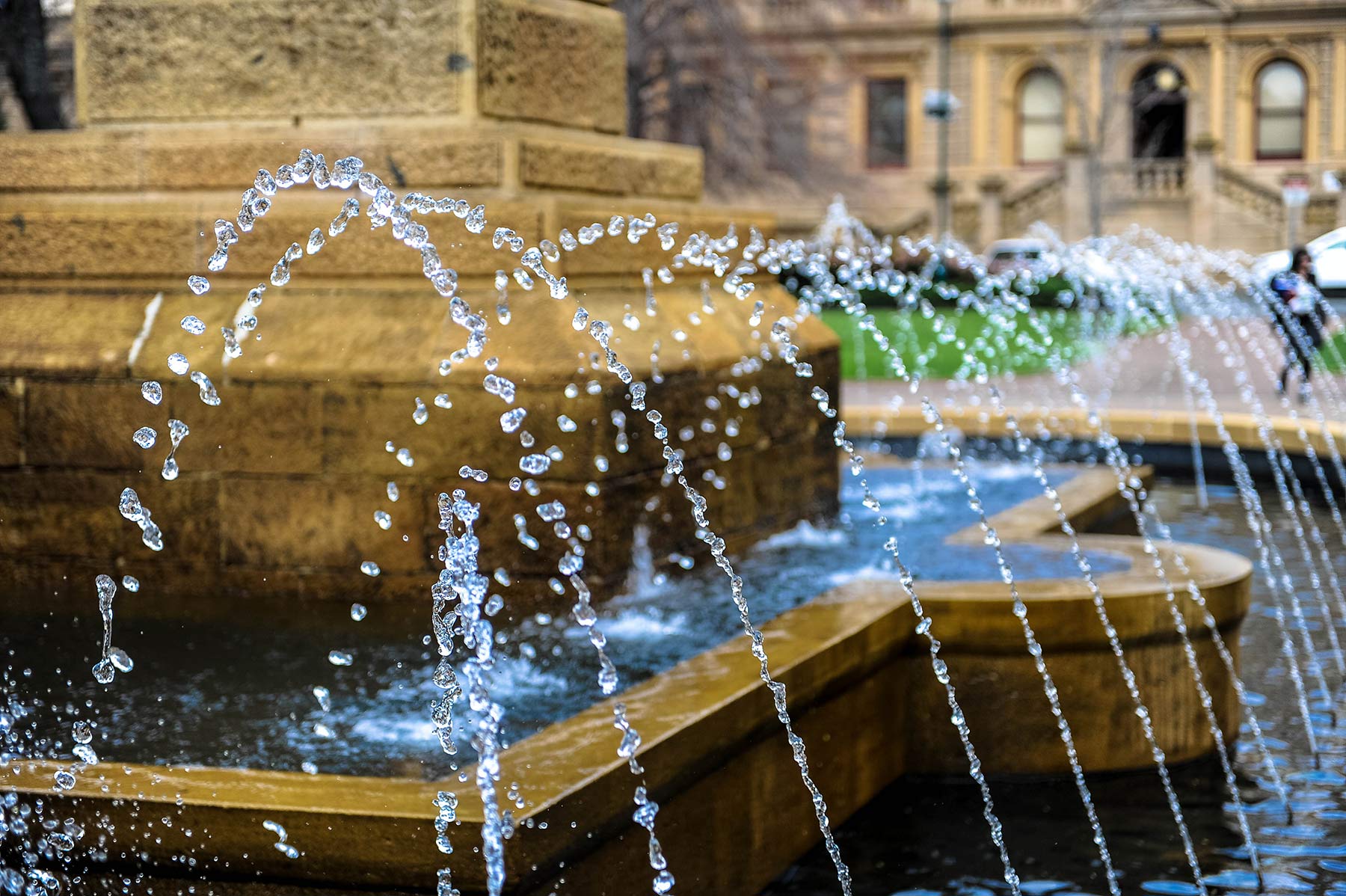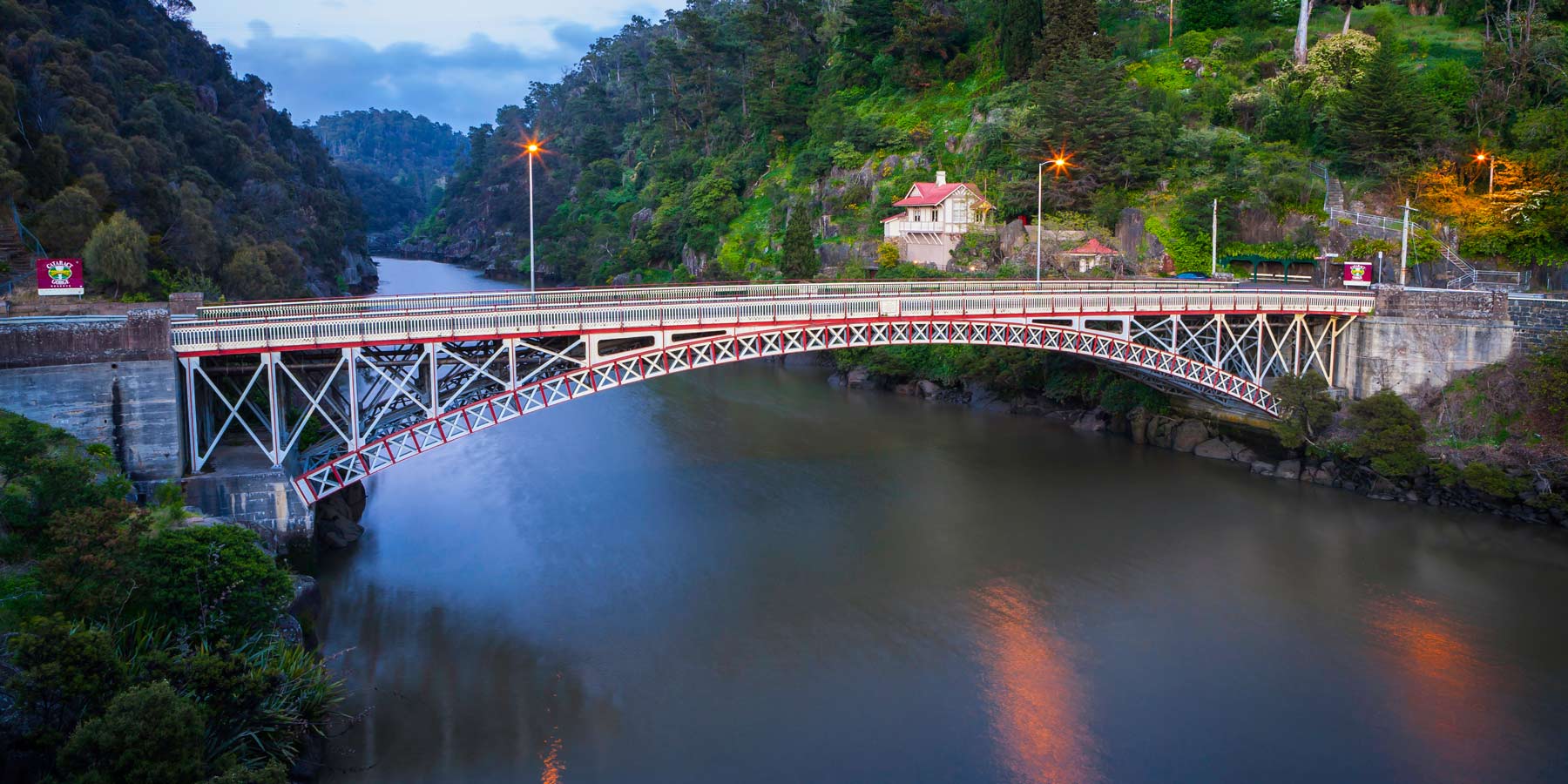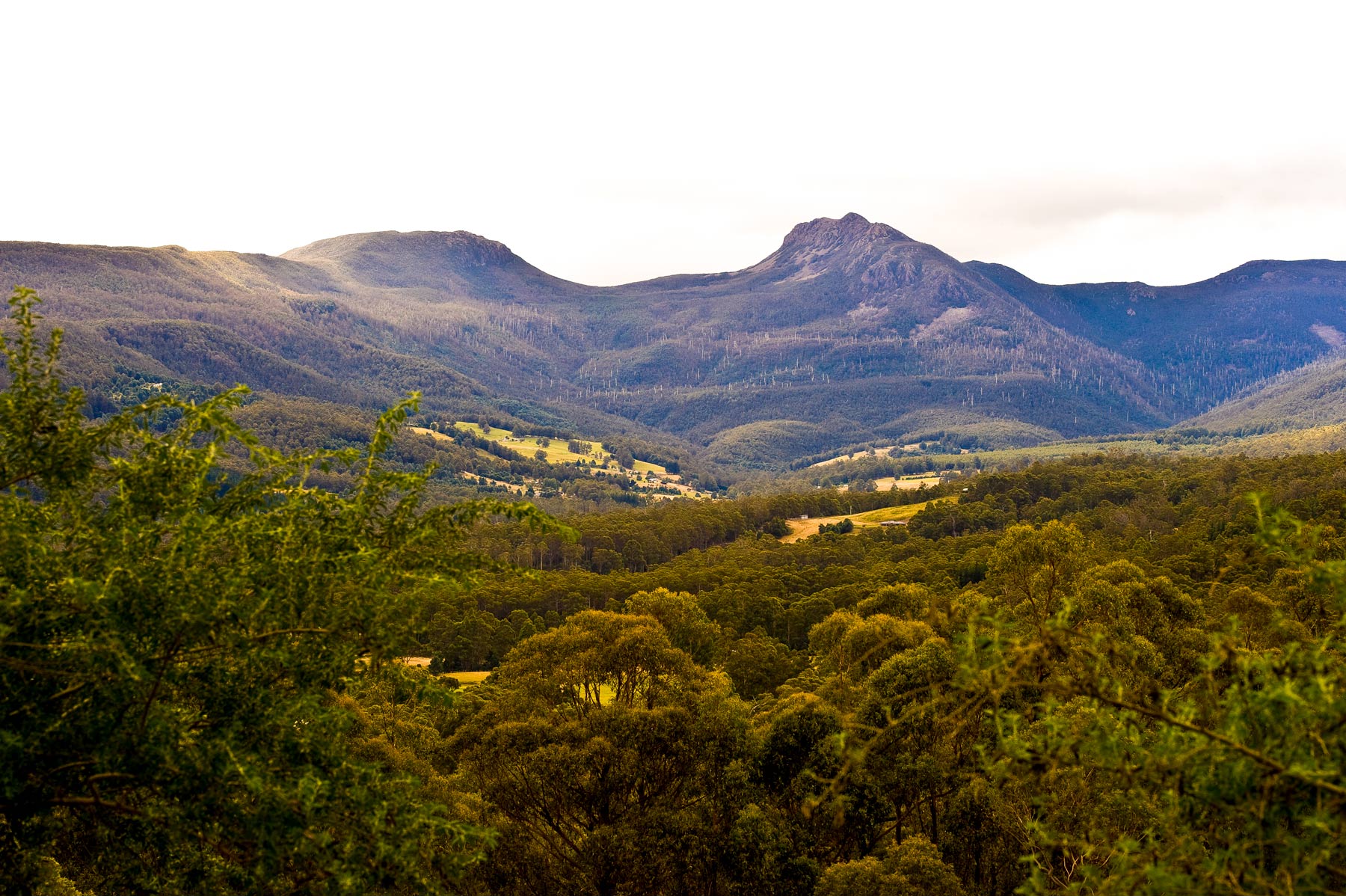Tasmania’s climate and geography create stunning, picture-perfect seasons.
Foggy, snow capped mountain ranges evaporate into postcard blue skies and hot summer days.
Tasmania’s geography is a patchwork of sweeping plains, rolling hills, epic mountain ranges and dozens of freshwater lakes. Brilliant rock formations are scattered across each corner of the island and include the Nut at Stanley on the north-west coast, the Organ Pipes on Mount Wellington, and the Tessellated Pavement on the Tasman Peninsula.
Summer lasts from December to February, where temperatures normally rise into the lower twenties. In autumn, it’s not unusual to experience four seasons in one day, and winters, which last from around June to August, are wet but refreshingly chilly.
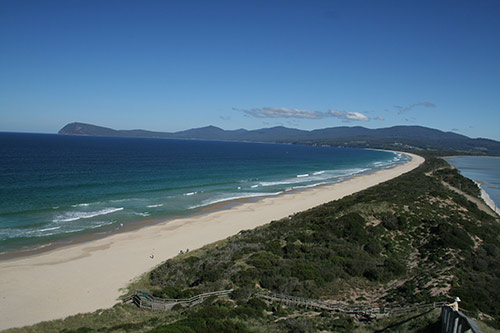
The waters around Tasmania offer activities of all types. Sailing is popular around the state and the annual Sydney to Hobart Yacht Race is one of the most important events of the year. Diving amongst marine reserves around the coast is popular too, with many locations teaming with diverse and colourful marine life.
Tasmania’s wilderness is world renowned: the remote Southwest National Park has some of the Southern Hemisphere’s last temperate rainforests and the largest single tract of temperate rainforest in Australia is found in the Tarkine region, located in the north-west of the state.
(Pictured: Bruny Island)
Tasmanian Wildlife
Tasmania is home to many wonderful native species of wildlife. Massive native forests feature echidnas, wombats, quolls, possums, wallabies and Tasmanian Devils. Streams, lakes and waterways are home to salmon, trout and the elusive platypus. Tasmania is home to more than 250 species of birds, of which 12 species are only found on the island.
Visitors are able to spot these animals in one of several conservation parks and zoos dotted around the state. One of the best places to get up close and personal with a Tasmanian Devil is at the Tasmanian Devil Conservation Park in Taranna on the Tasman Peninsula, and Bonorong Wildlife Park, Brighton.
In winter and spring, southern right and humpback whales frequent the east coast and the mouth of the Derwent River. Bottle-nosed dolphins swim alongside vessels around the waters of Bruny Island, the Tasman Peninsula and Macquarie Harbour.
(Pictured: Tasmanian Devil)

The people and culture of Tasmania
Tasmania has a population of approximately 515,000 and is officially the Australian state with the smallest population. Unlike other Australian states, more than four out of every five Tasmanians were born locally. Most Tasmanians have British ancestry.
The greater Hobart area is home to more than 200,000 people, which makes up about 40% of the entire Tasmanian population. Another 100,000 or so live in the Launceston/Tamar Valley area while the communities of Devonport, Burnie and Ulverstone along the Bass Strait coast together have a little more than 50,000 inhabitants. The rugged western and south-western parts of the island are very sparsely populated.
The people of Tasmania lead a rich cultural life. Coffee shops, pubs, bars and restaurants are abundant. The abundance of heritage-listed buildings means that there are plenty of museums to visit and stories to discover. The most popular museum, and one of Tassie’s main attractions, is Hobart’s modern Museum of Old and New Art, locally known as ‘MONA’. Founded in 2011 by local millionaire David Walsh, MONA is the largest privately funded museum in all of Australia.
Hobart is home to the acclaimed Tasmanian Symphony Orchestra and talented local music ensembles. Popular annual festivals include the MONA FOMA music and arts festival, DARK MOFO winter festival, the 10 Days on the Island arts festival, the Cygnet Folk Festival and the Falls Music & Arts Festival held in Marion Bay.
The Tasmanian landscape has inspired many an artist and art fanatics find galleries and artist studios everywhere. Writers love Tassie too: renowned local authors include Richard Flanagan, Heather Rose and Christopher Koch.
(Pictures: Top: Salamanca Market, Hobart. Bottom: DARK MOFO Festival, Hobart 2014)
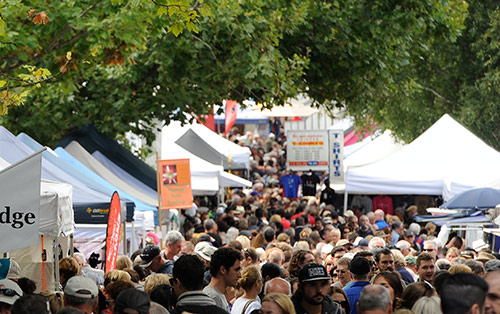

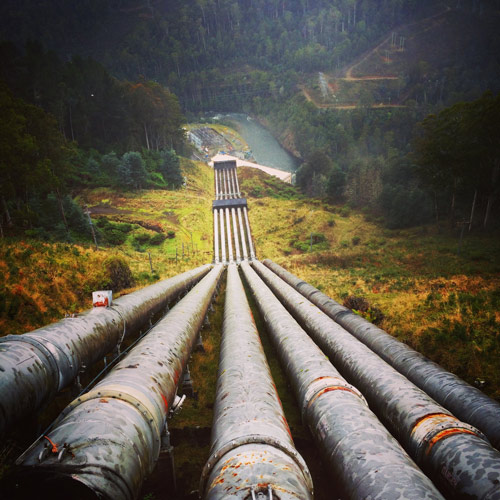
Tasmanian industry and government
Tasmania produces a range of agricultural commodities including dairy, wheat, barley, hops, beef and mutton, wool, berries and stone fruits. The wine industry is strong and Tasmanian craft beers and whiskies are becoming increasingly sought after. Forestry and mining are important industries too, as is fishing. The combination of the mountainous, water-rich terrain and an environmentally conscious mindset has meant that renewable energy such as hydroelectricity and wind farms are a booming business in Tasmania. In fact, as much as 90% of the state’s energy supply comes from renewable resources.
Tasmania has 12 senators representing the state in the Australian Senate and has five seats in the Australian House of Representatives. Its own House of Assembly and its 29 Local Government Areas are decided on the basis of proportional representation. The Tasmanian Government’s concern for the environment is legendary and it was here that the first green political party, the United Tasmania Group, was founded in 1972.
(Pictured: Hydroelectric water pipes, Tarraleah)
Tasmanian history
Tasmanian Aboriginals migrated to Tasmania at least 35,000 years ago, while the Tasmanian land mass was still part of Australia. They lived a nomadic lifestyle and were divided into nine tribes, each consisting of several bands. Each band was made up of what was essentially an extended family or clan.
In November 1642, Dutch explorer Abel Tasman became the first European to visit the area and named this new land Van Diemen’s Land. The first Englishman to visit Tasmania, in 1773, wen t by the name of Tobias Furneaux and other explorers who came to this island include Captain James Cook, William Bligh of The Bounty, Matthew Flinders and George Bass.
The first settlers sailed up the mouth of the Derwent River and set up camp at Risdon Cove in September 1803. Among them were two free settlers, 21 male convicts and only three women. A year later, the main settlement was moved to Sullivans Cove and became Hobart, Australia’s second oldest city. Tasmanian place names like Margate, Cambridge, Brighton and Somerset clearly demonstrate who won the race for European settlement.
The arrival of the Europeans was disastrous for the Aboriginal population. Not only were many killed in conflicts but thousands died of European diseases. By 1833, there were fewer than 300 full-blooded Aboriginal Tasmanians left. The ones who remained were sent into exile on Flinders Island but in 1847, survivors were relocated again, this time to Oyster Cove, a little over 50 km south of Hobart. There were only 47 people in this group and by the end of the century, full-blooded Aboriginal Tasmanians were deemed extinct. The local dialect was also lost.
Things weren’t much better for the convicts sent to Tasmania. Conditions were notoriously harsh at all seven penal colonies, particularly at Port Arthur and Sarah Island. Much of early Tasmania was built with convict labour but by 1851, all the penal colonies were closed down.
In 1856, the island by then known simply as Van Diemen’s Land was renamed Tasmania and became a British colony. The new colony slowly flourished, with more and more people coming here to settle and to take advantage of the prime conditions for agriculture. Tasmania also became an important ship-building centre and there was a booming mining industry.
On 1 January 1901, when the colonies of Australia joined together in a federation known as the Commonwealth of Australia, Tasmania became an Australian state. Industry continued to grow and under the leadership of Premier Albert Ogilvie, the state managed to recover from the Great Depression more easily than most other places.
The 1970s onwards saw the rise of two important political forces in Tasmania: the environmentalist movement and the Aboriginal movement, the latter eventually reclaiming their heritage and custodianship of their historic and cultural sites.
(Photos top to bottom: Map of Tasmania c1800s, Port Arthur Penitentiary, Ross Bridge)

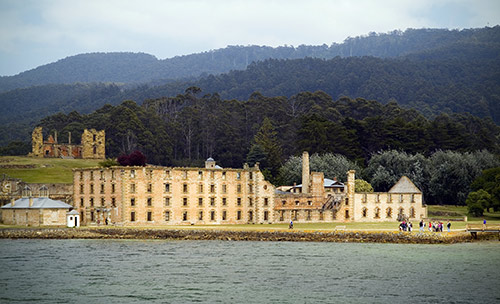
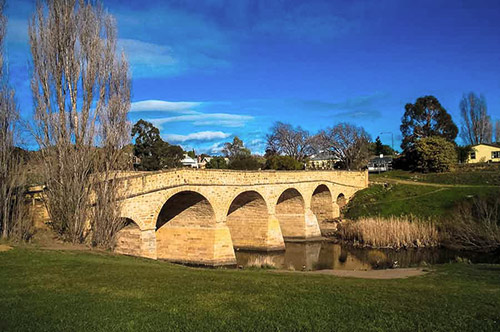
Five ‘Must Visit’ Tasmanian Attractions

1. Port Arthur Historic Site
The Port Arthur Historic Site is a stunning, history-dense World Heritage property established by the British empire in the 1830s. Consisting of preserved sandstone ruins, restored cottages and carefully maintained gardens, Port Arthur tell the harsh story of colonial convict transportation and the birth of Tasmania as we know it today. Located on the Tasman Peninsula about 95 kilometres South East of Hobart, the Port Arthur Historic Site is a must-see destination for any visitor to the island.
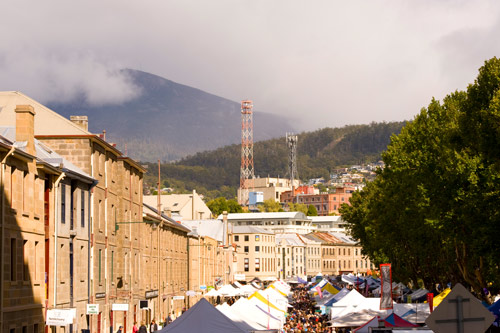
2. Salamanca Market
Salamanca Market is an atmospheric street market held every Saturday morning along Salamanca Place in Hobart. Consisting of over 300 passionate stall holders, Salamanca market has been an iconic event for over forty years. Visitors to the market purchase food, souvenirs, hand-made crafts, locally turned woodwork, organic produce and art from local artisans. The market attracts up to 40,000 visitors per day and is held rain, hail or shine. Every Saturday morning from 8.30am to 3pm.
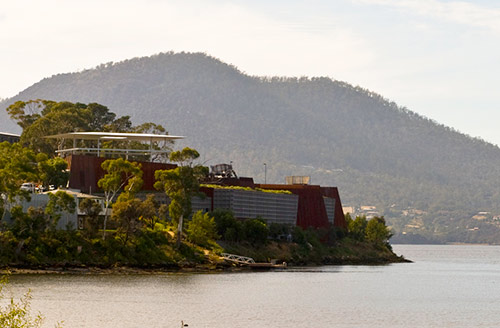
3. MONA – Museum of Old and New Art
The Museum of Old and New Art (MONA) is an internationally acclaimed art gallery located in Berriedale, about 15 minutes by car from Hobart. Housed in a purpose-built building near the Moorilla Winery, MONA features contemporary, and sometimes unusual exhibits across three floors. MONA can be accessed by fast-ferry from the Hobart waterfront. The museum is open from 10:00 AM to 06:00 PM six days per week, except Tuesdays.

4. Cataract Gorge
Cataract Gorge is a picturesque river gorge located fifteen minutes by foot from the centre of Launceston. Visitors explore the Gorge by taking guided paths and tracks to lookouts and the impressive suspension bridge, or by taking a ride on an operational chairlift spanning over 400 metres. The Cataract Gorge’s surrounding walks, gardens and photo opportunities are a essential for any visitor to the North of the island.
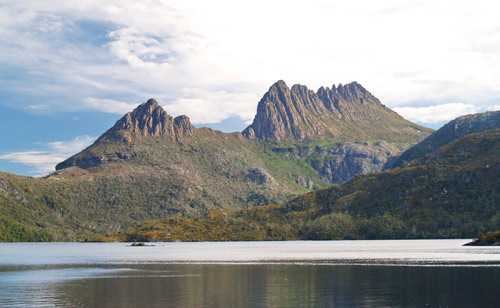
5. Cradle Mountain
Cradle Mountain is a iconic mountain range located in the rugged Cradle Mountain–Lake St Clair National Park. The mountain is situated amongst sweeping rainforest, grassland and alpine vegetation and neighbors the picturesque Dove Lake. Visitors climb the mountain all year round to experience views of Dove Lake, Barn Bluff and Mount Ossa. Cradle Mountain is a three hour drive from Hobart and Launceston.
Ten must-visit Tasmanian cities and towns
The great thing about travelling around Tasmania is that distances between cities and towns are much more manageable than in mainland Australia. It’s easy to visit several places in a day. The following are cities and towns not to miss:
1. Hobart
Hobart provides a wonderful introduction to all things Tasmania. Home to MONA, the Tasmanian Museum and Art Gallery and the Tasmanian Symphony Orchestra, the city also has plenty of hiking and biking options for active travellers. Boat cruises are a must for appreciating the surrounding scenery and sun worshippers frequent local the beaches, including Seven Mile Beach, Clifton Beach, Long Beach and Short Beach, where young Errol Flynn learnt to swim. Foodies will love the Cadbury’s Chocolate Factory, the Cascade Brewery and wineries like Moorilla. On a Saturday morning, the place to be is the Salamanca Market, where delectable goodies from all over are available. In the days around New Year’s Day, Salamanca also hosts the Taste of Tasmania Festival.
2. Launceston
Launceston was founded in 1806 and, like Hobart, is home to many heritage buildings. The Queen Victoria Museum and Art Gallery is Australia’s largest museum not located in a state capital. Tasmania Zoo is only a few minutes’ drive to the west of Launceston and is home to Tasmanian devils, quolls, kangaroos, emus, koalas, wombats, crocodiles and many other animal and bird species. Launceston is also the gateway to the vineyards and orchards of the Tamar Valley, while the bird-watching paradise of the Tamar Island Wetlands is just north of Launceston. The city’s star attraction, however, is Cataract Gorge with its walking tracks, gardens, suspension bridge and chairlift. A winter must is to drive the 50 km or so east to Ben Lomond National Park’s ski fields.
3. Devonport
Visitors arriving by ferry from Melbourne enter through Devonport, at the mouth of the Mersey River on the north coast. Among the attractions here is the Bass Strait Maritime Centre, where visitors learn more about the history of the Bass Strait or experience what it’s really like to steer a steamer. The Don River Railway features rides in a vintage train. There are some great beaches in and near Devonport too, including Bluff Beach. On the Bluff is the Tiagarra Aboriginal Culture & Art Centre. In July, Devonport hosts the annual Devonport Jazz event.
4. Burnie
Burnie is located along Emu Bay on the north-west coast. The Burnie Farmer’s Market is the oldest of its kind in Tasmania and delightful cheese can be found at The Cheese Shop. The Hellyers Road Distillery produces award-winning whisky. One of the best places to see a platypus is at the peaceful Fern Glade Reserve on Burnie’s outskirts. The town is also home to the Little Penguin Observation Centre and the best time to see these cute little birds is at dusk from September to March.
5. Mole Creek
Tiny Mole Creek is surrounded by nature reserves and the Mole Creek Karst National Park, featuring more than 300 caves and sinkholes. One of the most spectacular is Marakoopa Cave, which has two streams running through it. Here visitors find the Tasmanian cave spider and an incredible display of glow-worms. Other attractions in the area include the Westmorland Falls, the Liffey Falls, the lookouts at Alum Cliffs and Devils Gullet, the Walls of Jerusalem National Park and the Trewunna Wildlife Park, which is home to animals like Tasmanian devils, pademelons, quolls, sugar gliders and wombats.
6. Port Arthur
The most visited historical attraction in Tasmania is located at Port Arthur, a settlement and penal colony on the Tasman Peninsula in the state’s South East. The Port Arthur Historic Site is one of the Australian Convict Sites that together make up a protected UNESCO World Heritage Site. Between 1833 and 1853, reoffending convicts were sent to the penal colony at Port Arthur, where punishments would today be classified as torture. Many prisoners literally went mad. There was no escape either, since Port Arthur is located on an isolated peninsula protected by a thin strip of land called Eaglehawk Neck. Port Arthur was Australia’s Alcatraz. A fun way to explore the site is to go on a ghost tour and experience the eerie tales of the supernatural.
Visitors can get to Port Arthur by car or ferry, which means that at the right time of year whales may be seen. However, the drive from Hobart will also take you past Eaglehawk Neck and the Tessellated Pavement.
7. Strahan
Strahan lies at the northern end of Macquarie Harbour on Tassie’s west coast. Once a thriving fishing and trade epicentre, Strahan is a picturesque but sleepy town and is the departure port for cruises along the Gordon River and around Macquarie Harbour. The notorious Sarah Island penal colony is accessible by boat from Strahan. Another nearby popular attraction is the West coast Wilderness Railway between Queenstown and Strahan.
8. Bicheno
Bicheno is a picturesque, quiet town on the east coast of the island. To experience quiet Tasmanian life is to experience Bicheno. There are some spectacular walks around the area, including the one to the nearby blowhole, and penguin tours are a hit in summer. The Douglas-Apsley National Park is just west of town and about 40 km to the south is the Freycinet National Park. A coastal drive of about an hour and a half northwards finds the breathtaking Bay of Fires.
9. Huonville
Huonville is the main town in the Huon Valley, one of Tassie’s most popular foodie destinations. The region produces apples, naturally, but also cherries, berries, honey, cheese and wine. The D’Entrecasteaux Channel and the ferry to Bruny Island is only a stone’s throw away for smoked salmon and fresh seafood.
10. Geeveston
Near the southern end of the Huon Valley is Geeveston, the gateway to the Hartz Mountains National Park and the Southern Forests. There are many hikes in the area but adventurous visitors experience hang-gliding or paragliding. Nearby is the famous Tahune AirWalk. From Geeveston, it’s also a drive of only about half an hour south to the Hastings Caves and Thermal Springs.

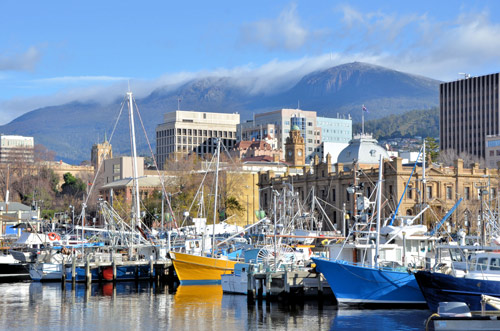
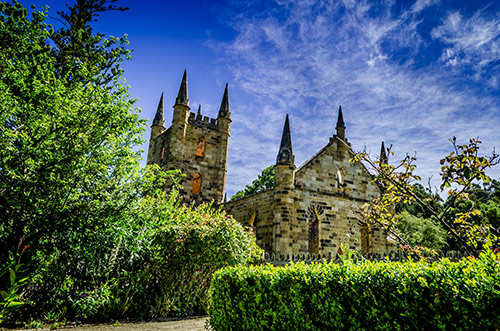
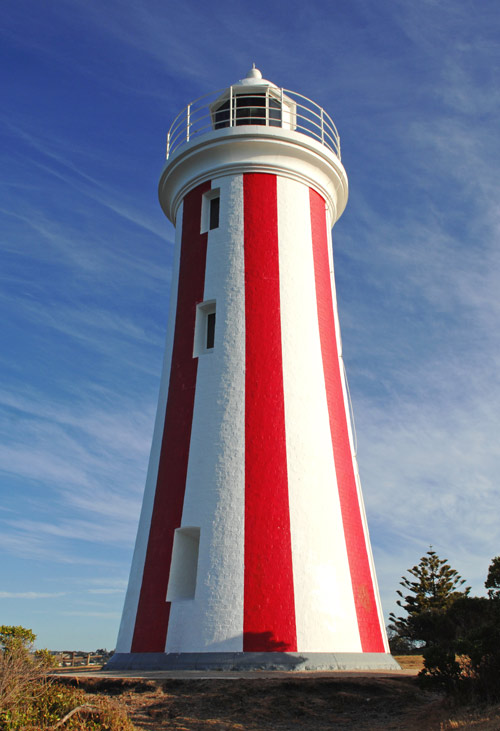
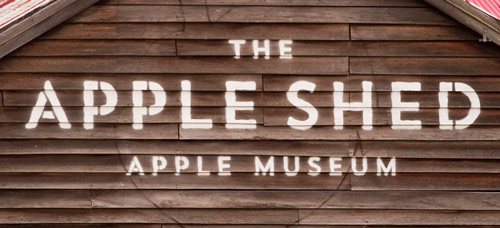

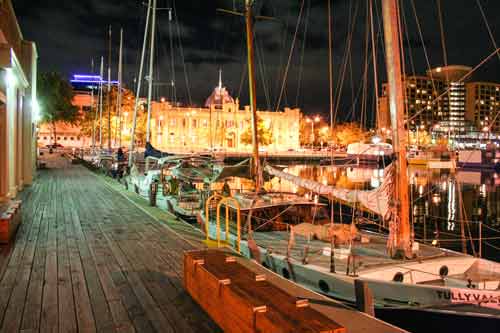
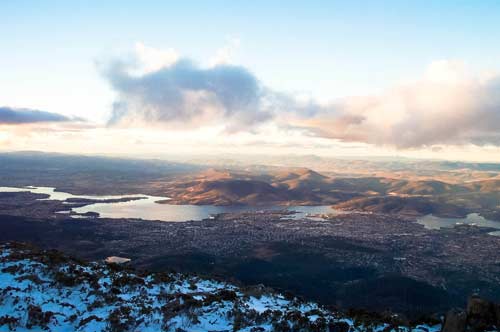
(Photos from top top bottom: Hobart CBD, Hobart Waterfront, Church at Port Arthur Convict Site, Mersey Bluff Lighthouse, Apple Shed Museum in Huon Valley, Old Mercury Newspaper Building at Hobart, Hobart Waterfront, View of Hobart from Mt. Wellington)


